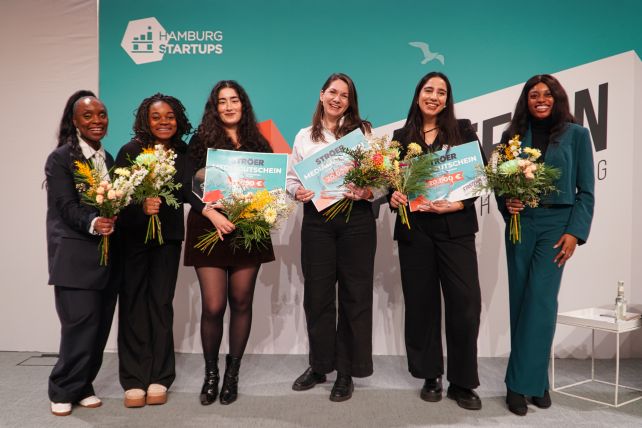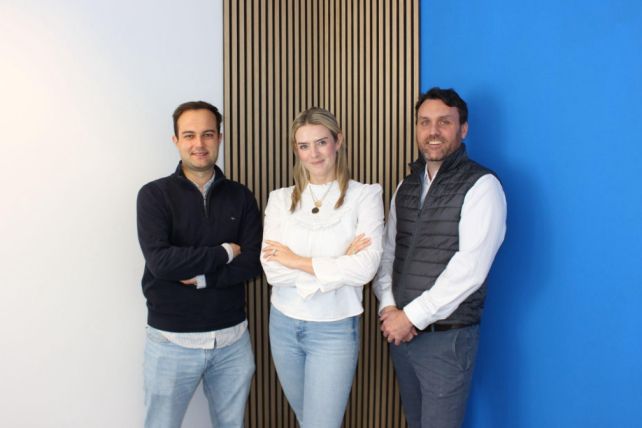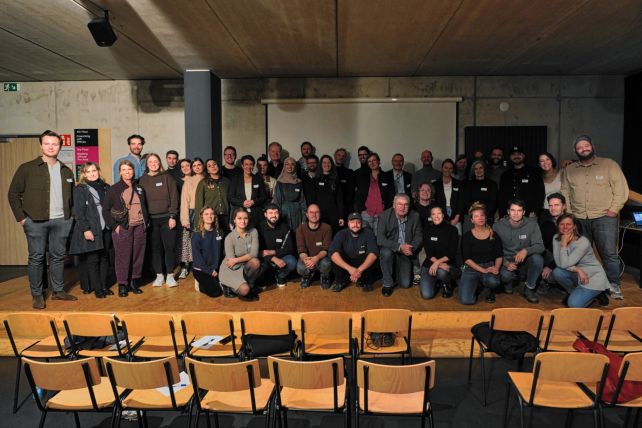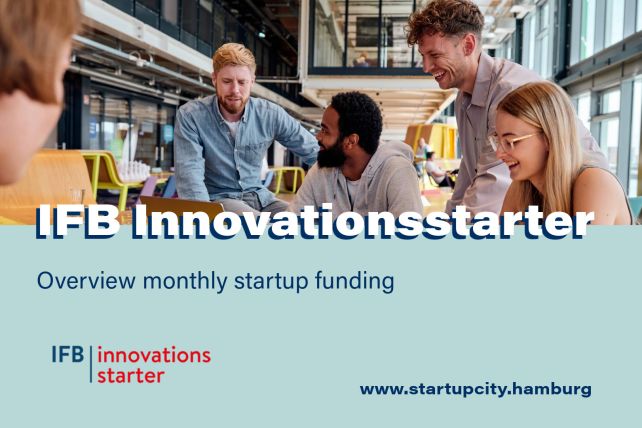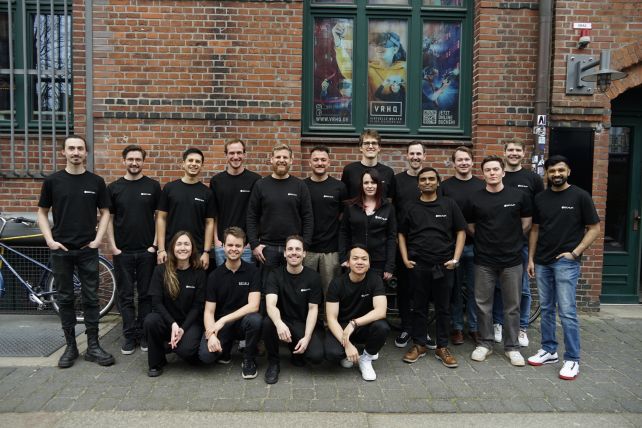Zilentix develops ground-breaking therapy for brain tumours
Glioblastoma is the most common malignant form of brain tumour, and a definitive cure is not yet possible. The startup Zilentix has now developed a treatment method that promises to be a decisive step forward. It uses transformed viruses as helpers.
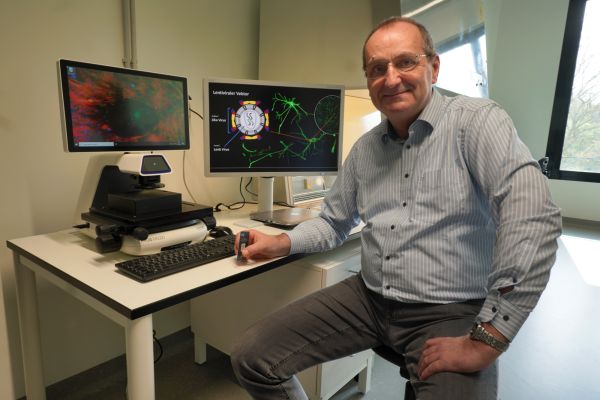
The fatal characteristics of a glioblastoma
Put simply, there are two main types of cells in the human brain. The nerve cells, also known as neurones, are responsible for brain functions such as thinking. The glial cells form the architecture; they essentially hold the brain together. Glioblastoma develops from glial stem cells and quickly causes havoc in the brain. The symptoms range from headaches and visual disturbances to epileptic seizures and considerable personality changes. This type of tumour is considered to be particularly malignant and is classified as the highest grade 4 by the WHO.
The chances of recovery are correspondingly poor. With current treatment methods, the average survival time is only 15 months. Treatment includes radiotherapy, chemotherapy and surgical removal of the tumour. This is the main problem: the tumour cells spread deep into the healthy tissue and are often difficult to identify completely. In addition, they cannot be entirely removed without causing unacceptable damage to healthy brain cells. Conversely, a complete cure is not possible.

A malignant virus as a beacon of hope
It is therefore necessary to find a way of detecting these remaining tumour cells and eliminating them as gently as possible. A possible solution to the problem emerged rather by chance in 2016 when a high number of embryonic malformations caused by the Zika virus were detected in Latin America. As a result, children were born with underdeveloped brains and heads that were too small. It turned out that the Zika viruses attack the glial stem cells and thus prevent normal brain development. Would it be conceivable to utilise this destructive nature of the viruses and use them against glioblastoma?
The positive answer to this question is provided by the Hamburg-based startup Zilentix. The driving force here is Dr Michael Schreiber, a virologist with decades of experience. He could actually have already taken his well-deserved retirement, but the prospect of achieving a real breakthrough in cancer treatment has given him a new lease of life as a founder. The core team also includes his wife Dr Birgit Schreiber, who worked for many years in management positions in the biotech and medtech industry (including Eppendorf SE) and has correspondingly good contacts in the sector. Alexandra Mosch completes the management trio as CFO. She has many years of experience as a CFO in the biotech and pharmaceutical sector (Millipore, Jerini, Sequeom) and is a startup expert.
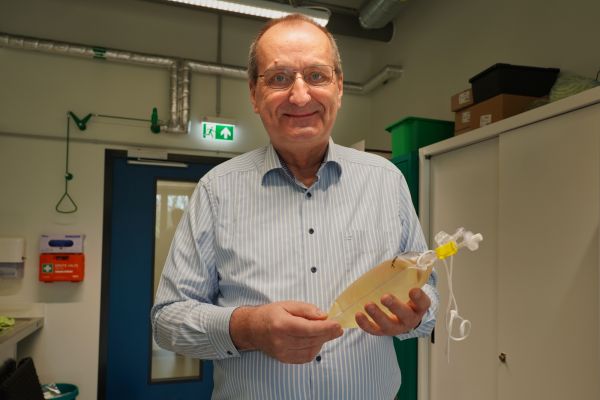
When two times minus equals plus for viruses
To understand what Zilentix has to offer, a brief excursion into the world of viruses is necessary. A distinction is made between lentiviruses and flaviviruses, to which Zika belongs. The term lentiviruses contains the Latin word ‘lentus’ (slow), which alludes to the protracted course of the diseases they cause. The best-known representative is the AIDS virus HIV. Lentiviruses also have their good side, as they can be used as viral vectors that penetrate specific cells, in our case tumour cells. Another term used in this context is ‘pseudovirus’, which describes a combination of virus types that are actually incompatible. In Zilentix, the envelope protein of Zika is combined with a lentivirus to form a pseudovirus that eliminates the remains of the glioblastoma after surgery, but cannot replicate further. This treatment method is therefore free of side effects. The combination of two otherwise dangerous viruses thus provides a promising cancer therapy - two minuses make a plus.
The creation of such a pseudovirus, which works like a Trojan horse, does not happen overnight. Zilentix required a good six years of research, but it is now clear that the therapy will work. Although a complete cure cannot be achieved, at least life expectancy can be significantly extended. This cannot be determined in animal experiments, only in cultures with human cells. The cerebrospinal fluid required for this is supplied by the renowned neurosurgeon Birco Schwalbe, who as a former student of Michael Schreiber played a major role in the study that led to the creation of Zilentix.
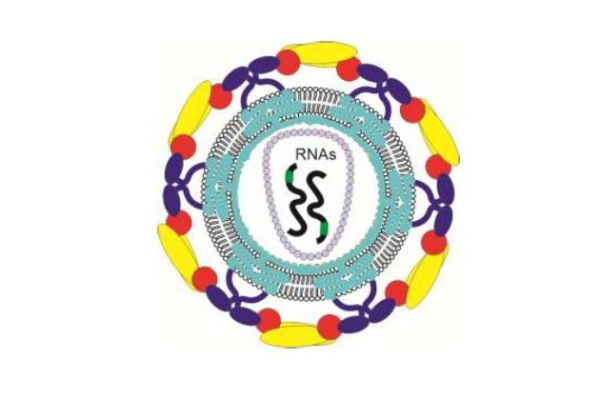
Zilentix offers investors a long-term perspective
The fact that the pseudoviruses can completely destroy tumour cells has now been demonstrated using 23 tumour samples. In theory, the startup is therefore ready to launch its anti-cancer drug on the market, but in practice this will probably not be possible for another five years. The results of preclinical studies will decide on the authorisation, although the responsible authority, the Paul Ehrlich Institute, has already sent out positive signals in this regard. It may even be possible to obtain early conditional marketing authorisation, which will then be converted into general marketing authorisation.
Both the studies and the production itself are very cost-intensive, with a total of 15 to 20 million euros to be expected. Now that Zilentix has completed its scientific tasks, this is the biggest challenge for the startup. Investors often find it difficult to finance advanced therapy medicinal products (ATMPs), which are drugs for use in humans that are based on genes, tissues or cells. This is partly because there is a lack of expertise in ATMPs and partly because traditional pharmaceutical products generally undergo a very lengthy authorisation process. In contrast, the process for ATMPs is much shorter. A return on investment can therefore be expected much earlier, roughly after 5 years, when the first positive data from a study involving at least ten patients is available. Investors are also hasitating, as glioblastoma is - fortunately - a disease with low case numbers. In Germany, around 4,000 cases are expected per year.
Nevertheless, Michael Schreiber is convinced that an investment in Zilentix will pay off very well in the long term. After all, the process is unique worldwide and can therefore be marketed globally. The costs are also absolutely competitive. Once the therapy had become established, it would be no more expensive than current treatments and demonstrably more effective. Support from the Federal Ministry of Education and Research's ‘GO-Bio next’ programme could be a significant help on the way there. Funding of 5 million euros is possible under this programme, but the participation of a co-investor is a prerequisite.
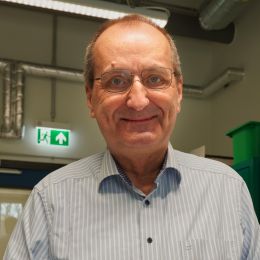

Good starting conditions in Hamburg for Zilentix
Zilentix has already secured funding, namely from IFB Innovationsstarter GmbH with the InnoRampUp funding programme. Among other things, this enabled Michael Schreiber to hire two former students as reinforcements. In general, he feels well supported by Hamburg institutions, such as the startup advice provided by the DESY research centre. Zilentix chose the tecHHub in Science City Hamburg Bahrenfeld as its workplace, which offers both office and laboratory space - an ideal combination.
Michael Schreiber demonstrates his improvisation skills and craftsmanship when it comes to the furnishings. He bought some of the equipment second-hand on eBay, most of the furniture comes from the second-hand market and he assembled some of it himself. Everything fulfils its purpose and saves a lot of money that can be put to better use elsewhere. For example, for originally dangerous viruses that can be turned into helpers in the fight against cancer.

